Introduction:
Start by discussing the importance of goal setting in hockey. Highlight how setting specific, measurable, and achievable goals can help players stay focused, motivated, and continuously improve their skills both on and off the ice.
What are SMART Goals?
- Specific: Explain why setting clear and specific goals is essential in hockey training. Encourage players to define exactly what they want to achieve, whether it’s improving stickhandling, increasing skating speed, or mastering a particular technique.
- Measurable: Emphasize the importance of setting goals that can be quantified and tracked over time. This could include targets such as scoring a certain number of goals per game, completing a drill in a specific time frame, or achieving a certain percentage of successful passes.
- Achievable: Discuss the significance of setting realistic and attainable goals that align with the player’s skill level and commitment. Encourage players to challenge themselves while also considering factors such as time constraints, physical limitations, and other responsibilities.
- Relevant: Stress the importance of setting goals that are relevant to the player’s overall development and long-term objectives in hockey. Goals should be aligned with the player’s strengths, weaknesses, and aspirations, whether they’re aiming to make the varsity team, compete at a higher level, or pursue a professional career.
- Time-bound: Highlight the value of setting deadlines or time frames for achieving goals to create a sense of urgency and accountability. Encourage players to break down larger goals into smaller, manageable tasks with specific deadlines to stay on track and measure progress effectively.
How to Set SMART Goals:
- Provide practical tips and examples for players to create their own SMART goals based on their individual needs and aspirations.
- Offer guidance on how to break down long-term goals into smaller, actionable steps and prioritize them based on importance and urgency.
- Encourage players to write down their goals, review them regularly, and adjust them as needed based on their progress and changing circumstances.
Tracking Progress:
- Discuss the importance of regularly monitoring and evaluating progress towards achieving SMART goals.
- Recommend tools and methods for tracking progress, such as keeping a training journal, using performance tracking apps, or working with a coach or mentor to assess skill development and identify areas for improvement.
Conclusion:
Summarize the key benefits of setting SMART goals in hockey, including increased motivation, focus, and accountability. Encourage players to embrace the goal-setting process as a powerful tool for unlocking their full potential and achieving success on the ice.



